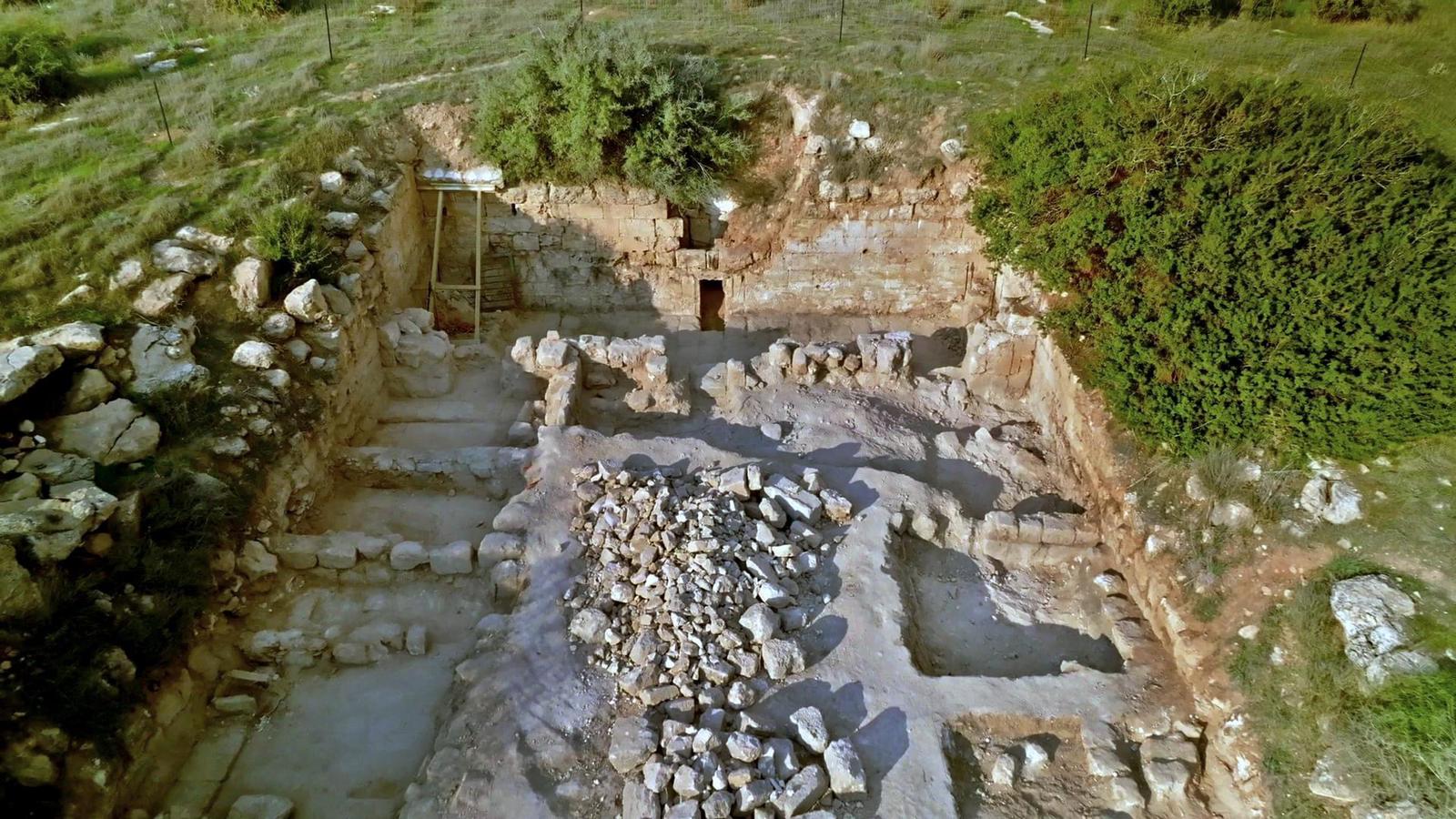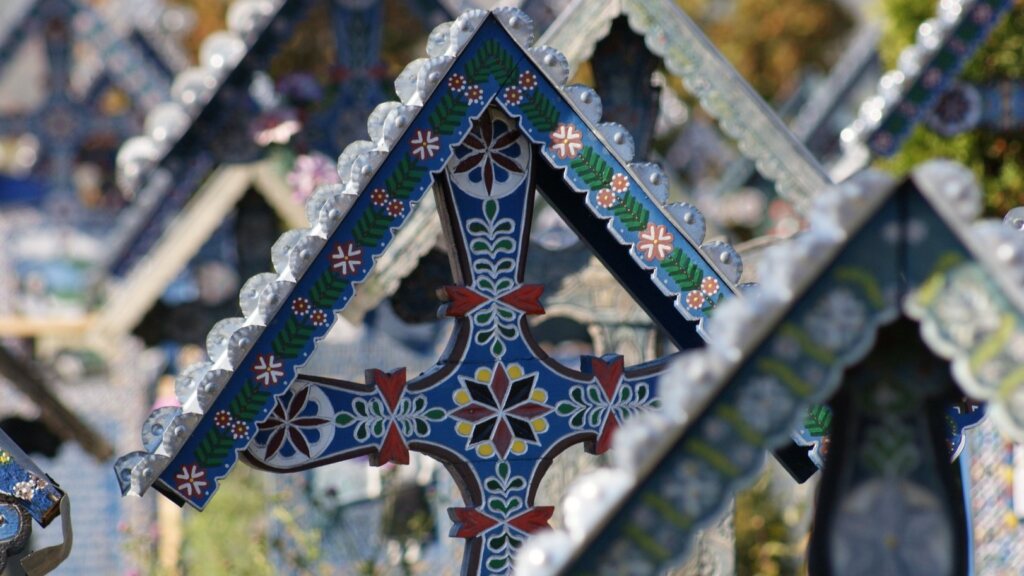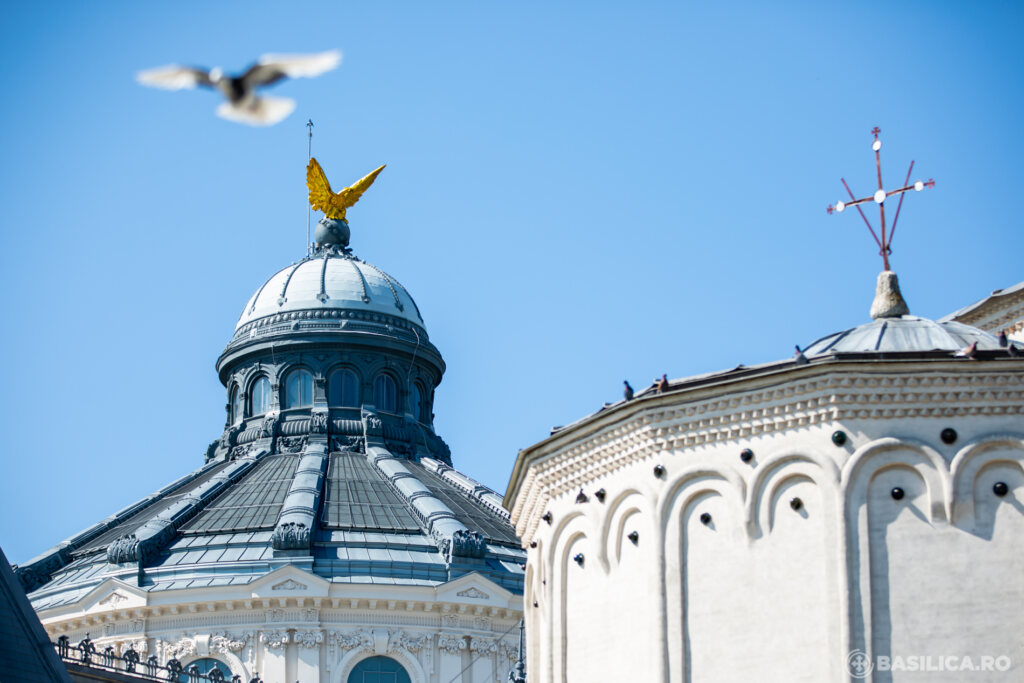Israeli cultural authorities have recently presented one of the most impressive burial caves discovered in the country, more than two millennia old. The site was identified as the tomb of midwife Salome from Bethlehem and it will be open to the public.
According to Tradition, midwife Salome of Bethlehem visited Infant Jesus and His mother, Virgin Mary, at the Nativity Cave in Bethlehem, but could not believe a Child was born from a virgin, so her hand went dry and it only healed after she touched Jesus’s crib.
The archaeological site was discovered 40 years ago by antiquities looters in the Lachish Forest, located between Jerusalem and the Gaza Strip, and archaeological excavations have uncovered a huge perimeter that archaeologists say attests to its importance.

Burial niches and broken ossuaries dating from the Second Temple period (6th century BC – 1st century AD) have been found, which proves that the cave was originally the crypt of “a wealthy Jewish family, who devoted a lot of effort to the cave”, according to archaeologists.
It then became a Christian chapel dedicated to Salome, as evidenced by the presence of the cross and dozens of inscriptions on the walls referring to her.
The interior rooms date from the Byzantine period (4th-5th centuries AD). Oil lamps made of clay, dating from the 8th-9th centuries were also found.

The cult of Salome and the use of the site continued until the 9th century, after the Muslim conquest.
The researchers also found contemporary religious artefacts from Christian pilgrims who came to pray at the site, although the cave is not officially open to the public.
Work is underway to open the cave to the public as part of the Judean Kings’ Trail, a 100-kilometre cultural trail that runs through Israel from Beersheba to Beit Guvrin, linking dozens of important archaeological sites..
Photo: Facebook / Israel Antiquities Authority










